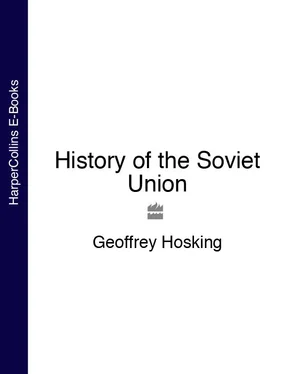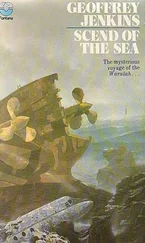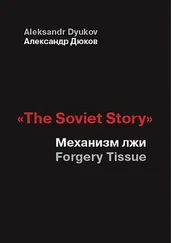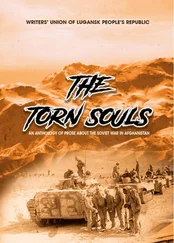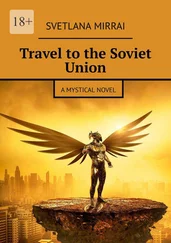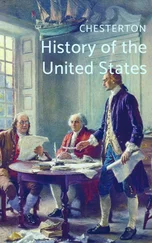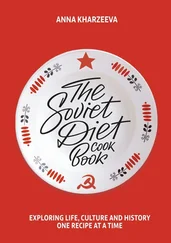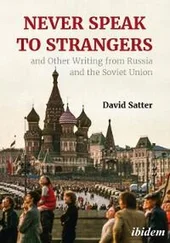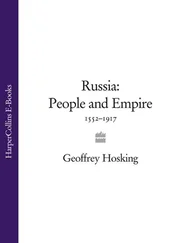All this had the merit of apparent certainty. But it was predicated on a formidably extensive time scale, and would require daunting patience and self-restraint to realize in full. In fact Lenin did not for long adhere to the full schema, but began to cast around for ways of telescoping the two stages. Furthermore, in his own way, he was aware of the gap between science and prophecy in Marx. He did not share the master’s confidence that the workers would automatically grasp the full significance of their destitution in existing society and how it might be ended. On the contrary, in his pamphlet What is to be Done ? (1902) he expressed his fear that, left to themselves, workers would not attempt a revolution but would fight for more limited goals, such as higher wages, better working conditions and more humane treatment from their employers. His own experience of propaganda work in the St Petersburg factories of the 1890s led him to the conclusion that ‘The workers did not have, nor was it possible for them to have, an awareness of the irreconcilable contradiction of their interests with the whole modern political and social system.’ This did not apply just to Russian workers: ‘The history of all countries shows that by itself the working class can only develop a trade union consciousness, that is to say a conviction of the necessity to form trade unions, struggle with the employers, obtain from the government this or that law.’ Only the ‘educated representatives of the propertied classes–the intelligentsia’ could fully understand the real, as distinct from the superficial, needs of the workers. To bring about a revolution, a genuinely revolutionary party was needed, that is, one ‘embracing primarily and chiefly people whose profession consists of revolutionary activity’. That seemed, on the face of it, to exclude any workers, since their profession, perforce, was factory labour.
This was a most important clarification of a weak point in Marxist theory. In actual practice, Lenin never tried to run his party in this way. But he always stuck theoretically to his definition of the revolutionary party, and indeed made it his touchstone of the true revolutionary spirit. For the sake of it he was prepared to break with other Marxists who took a different view. At what was, in effect, the founding congress of the Russian Social Democratic Party, in Brussels and London in 1903, Lenin insisted that ‘personal participation in one of the party’s organizations’ was to be the key qualification for membership. His principal opponent, Yuly Martov, wanted a more relaxed formulation: ‘regular personal support under the guidance of one of the party’s organizations’. This would make it easier for workers to become full party members, even in conditions of illegality. Lenin lost that particular vote, but nevertheless emerged from the congress with a majority, and henceforth called his faction the ‘Bolsheviks’ or ‘men of the majority’, while Martov’s had to content themselves with the sobriquet ‘Mensheviks’ or ‘men of the minority’.
The issue which provoked the great split in the Russian Social Democratic Party sounds like a minor organizational quibble. In fact, however, this quibble turned out to symbolize more profound disagreements, which drove the Bolsheviks and Mensheviks ever further apart. With time it became clear that they were envisaging two different kinds of revolution. The Mensheviks laid great store by the coming of a parliamentary ‘bourgeois’ republic, in which a mass working-class party would act as a legal opposition until they were numerous enough to take power on their own account. Lenin, however, became increasingly impatient with the protracted timetable entailed by this vision. He hankered after telescoping the whole process, running the two revolutions together by enlisting the peasants (carrying out a ‘bourgeois-democratic’ revolution against the landlords) as auxiliaries of the workers (carrying out their ‘socialist’ revolution against the capitalists). However, he did not fully clarify his ideas on this issue until his final return to Russia from exile in 1917.
In effect, Lenin reintegrated into Russian Marxism certain elements of the Populist tradition: the leadership of a small group of intelligentsia revolutionaries, the readiness to regard the peasants as a revolutionary class, and the telescoping of the ‘bourgeois’ phase of the revolution.
The Populists had, however, their own views. They recovered from their prostration of the 1880s, and by 1901 managed to form a new political party, with its centre in emigration, the Socialist Revolutionary Party. Their theoreticians no longer disputed the proposition that industrial capitalism had come to Russia, but they maintained that it had taken a very different form from the one Marx envisaged. First, it was heavily dominated by the state. Secondly, most of the workers had not really broken away from the countryside: they were ‘peasant-workers’, not proletarians in the Marxist sense. The Socialist Revolutionaries refused, in fact, to recognize any fundamental distinction between workers and peasants: they organized themselves, and with some success, to work among both. They also set up a ‘fighting detachment’ to continue the work of the People’s Will by terrorism directed against officials: they succeeded between 1901 and 1908 in murdering a Grand Duke, several ministers and over a hundred other senior officials.
In 1905, risings broke out in both town and countryside. These outbursts owed little to the organizational efforts of the Social Democrats and the Socialist Revolutionaries, but rather more to their long-term inspiration. The most powerful ingredient of all, however, was the enduring discontent felt by the peasants and workers who made up the great majority of Russia’s population.
The Emancipation Act promulgated by Alexander II in 1861 had released the peasants from personal bondage, but it had not relieved any of their other hardships, and indeed had burdened them with an additional grievance. This was the obligation to pay for land which they already regarded as their own–and indeed, in the Lockean sense that they ‘mixed their labour with it’, so it was. The peasants’ collective legal sense had never accepted the legitimacy of the awards of land made by the tsars to the nobles.
In order to ensure that the peasants would pay for the land ‘newly allotted’ to them, and would discharge their other taxes, the government bound them to a ‘village society’, which was often, though not always, equivalent to the old ‘commune’, or mir. This institution has been the subject of more myth-making and less solid empirical research than perhaps any other in Russian history, partly because its members left little or no written testimony, and partly because ideologists of left and right hoped and feared great things from it. The government saw it as a guarantor of law and order, as well as of primitive social security, while the revolutionaries, at least the Populists, regarded its practices as a kind of rudimentary socialism, which might enable Russian society to proceed straight to real socialism without the unpleasant intermediate stage of capitalism. In Great Russia the mir assembly, consisting of heads of household, periodically redistributed land, adding to the allotments of families grown larger (along with the obligation to pay higher taxes) and subtracting from the allotments of those which had lost members. In the Ukraine and Bielorussia, on the other hand, rather different customs prevailed: land was usually passed down the family hereditarily, and was not subject to periodic redistribution. In both types of commune, timber, meadows, pastures and water-courses were held in common.
The communal land tenure system, though it provided a safety net in time of difficulty, had real economic disadvantages. All the villagers were compelled to adopt a safe but primitive and underproductive form of agriculture: the open three-field system with strip farming. At a time when the peasant population was growing very fast–from around 55 million in 1863 to 82 million in 1897–the mir in effect impeded the introduction of improved seeds, fertilizers or machines; and it offered a disincentive to land improvement, since the cultivator never knew when his plot might be taken away from him and awarded to someone else.
Читать дальше
